Checking product nutrition labels, cooking at home, and avoiding fried and processed foods help reduce trans fat intake.
Trans fats are created during the hydrogenation process, which turns liquid vegetable oils into solids at room temperature in order to extend the shelf life and stability of foods.
Deep-fried foods like potato chips, onion rings, breaded or deep-fried chicken or seafood are rich in trans fats. It is also found in other foods, such as cakes, pies, and desserts.
Consuming too much trans fat can increase the risk of heart disease by increasing levels of harmful LDL cholesterol and inflammation. They can also contribute to insulin resistance and other metabolic disorders. The WHO recommends limiting trans fat intake to less than 1% of total daily calories, or less than 2.2g for a 2,000 calorie a day diet.
Here are some ways to cut down on this fat.
Check product nutrition labels
Checking food labels can help you monitor trans fat content. Trans fat is often listed in the total fat section, often under the name "trans fat." If a product's label says "partially hydrogenated oil," it also means the product contains trans fat.
Some products containing less than 0.5g trans fat per serving may be labeled as 0g. People who eat a lot of these foods may still have a significantly increased fat intake from the product. It is best to choose items with little or no trans fat.
Avoid fried foods
Avoiding fried foods is a way to reduce your intake of trans fats. These foods are also high in calories, contribute to high levels of bad cholesterol and low levels of good cholesterol, which can increase your risk of heart disease.
If you crave fried foods, you can make your own at home, choosing oils high in heart-healthy unsaturated fats, such as olive, canola, or sunflower.
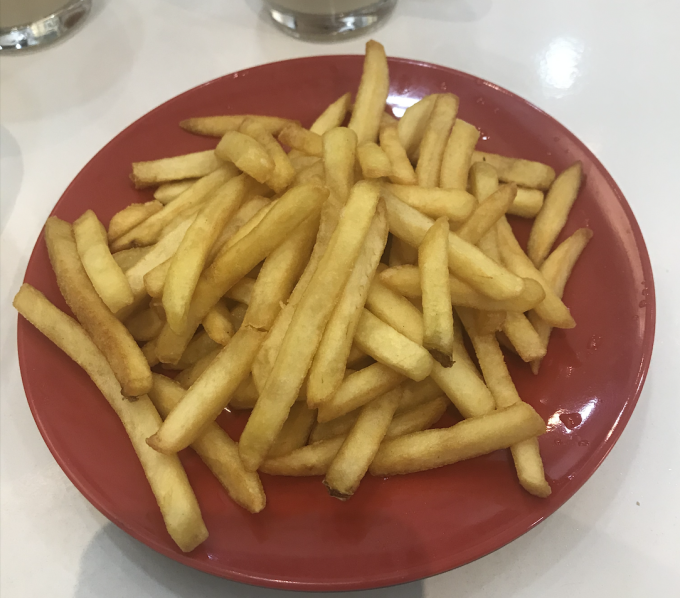
Limiting your intake of fried foods like potatoes can reduce the amount of trans fat you take in. Photo: Bao Bao
Limit processed foods
Processed and packaged foods should be limited in their consumption as they often contain trans fats. These foods can include margarine, pre-packaged snacks, processed meats, etc. Therefore, prioritize choosing whole, unprocessed foods, which are higher in nutrients and lower in bad fats.
Cooking at home
Prepare meals at home using fresh ingredients to better control the amount of fat used in cooking. This allows you to choose healthy, unprocessed ingredients, reducing your exposure to bad fats found in fast and packaged foods.
Using healthy fats in home cooking promotes health and reduces harmful trans fats.
Choose healthy fats
Healthy fats are found in nuts, fatty fish, and avocados. They can support your health when eaten in moderation and in a balanced diet. In addition to good fats, these foods provide essential fatty acids, which facilitate the absorption of fat-soluble vitamins such as vitamins A, D, E, and K.
Choose snacks instead of cakes
Some snacks that are low in trans fat and offer natural sweetness include fresh fruit, Greek yogurt, or nonfat yogurt. Baked goods such as low-fat cakes, muffins, and homemade cookies that are low in sugar are also healthier.
Bao Bao (According to Health Shots, Very Well Health )
| Readers ask questions about cardiovascular disease here for doctors to answer |
Source link



![[Photo] General Secretary To Lam attends the 8th Congress of the Central Public Security Party Committee](https://vphoto.vietnam.vn/thumb/1200x675/vietnam/resource/IMAGE/2025/10/4/79fadf490f674dc483794f2d955f6045)
![[Photo] Solemn opening of the 8th Congress of the Central Public Security Party Committee, term 2025-2030](https://vphoto.vietnam.vn/thumb/1200x675/vietnam/resource/IMAGE/2025/10/4/f3b00fb779f44979809441a4dac5c7df)








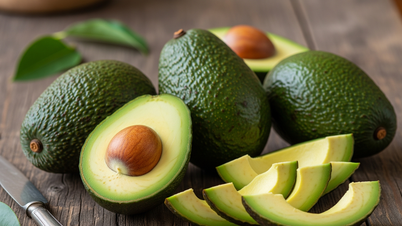




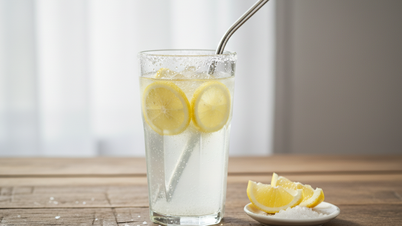


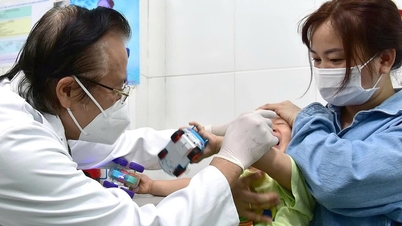











![[Photo] Bustling Mid-Autumn Festival at the Museum of Ethnology](https://vphoto.vietnam.vn/thumb/1200x675/vietnam/resource/IMAGE/2025/10/4/da8d5927734d4ca58e3eced14bc435a3)
![[Infographic] Notable numbers after 3 months of "reorganizing the country"](https://vphoto.vietnam.vn/thumb/1200x675/vietnam/resource/IMAGE/2025/10/4/ce8bb72c722348e09e942d04f0dd9729)














































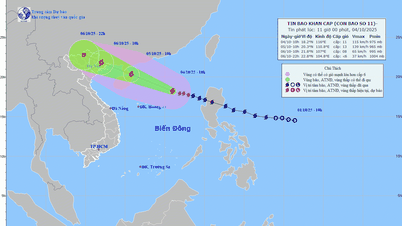














Comment (0)